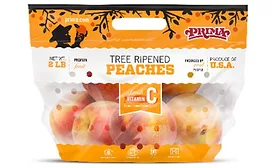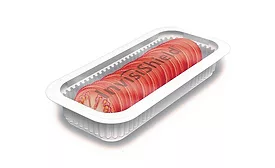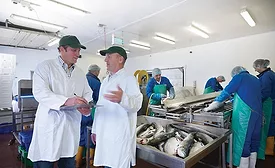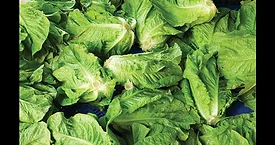Articles by Rose Shilling
Food Safety
Major grocery chains across U.S. already pulled bagged and loose peaches supplied by Wawona
Read More
Packaging
Packaging insert extends avocado shelf life
Mission Produce avocados stay fresh about three days longer with Avolast technology
August 24, 2020
COVID-19
Coca-Cola bottlers produce millions of COVID-19 test tubes
Plastic preforms used for bottles are just the right shape for test kit swabs
July 22, 2020
COVID-19
FDA allows ingredient swaps without label changes, upsetting some with allergies
Plus, vending machines can temporarily skip posting calorie counts
June 8, 2020
Crisis preparedness
What food and beverage processors need to know about a disaster recovery plan
May 1, 2020
Food Safety
FDA moves to in-depth analysis after romaine field tests didn’t find outbreak strains
'Root-cause' investigation will help determine needed preventive controls
January 21, 2020
Food Safety
Listeria outbreak linked to hard-boiled eggs
Almark Foods recalls pails of eggs; restaurants and stores warned to sanitize surfaces
January 7, 2020
Never miss the latest news and trends driving the food safety industry
Newsletters | Website | eMagazine
JOIN TODAY!Copyright ©2026. All Rights Reserved BNP Media.
Design, CMS, Hosting & Web Development :: ePublishing










